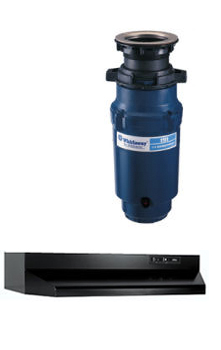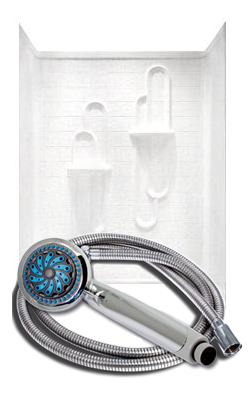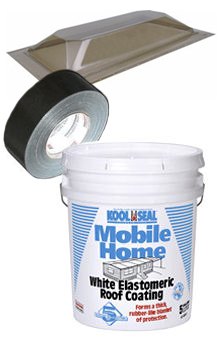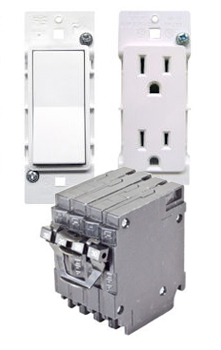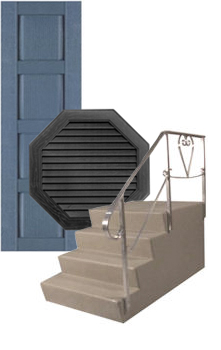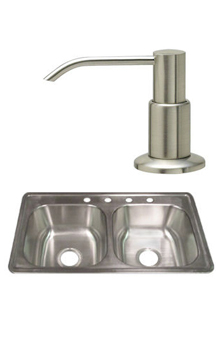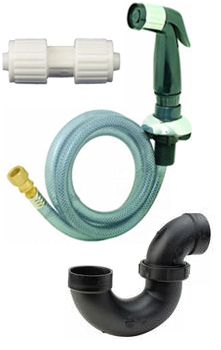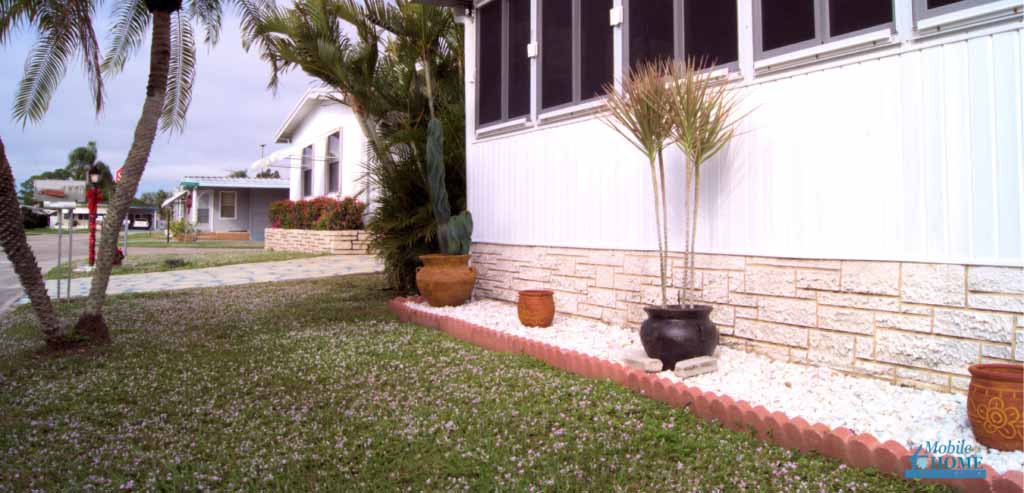
If you own a mobile or manufactured home, you’re more than likely no stranger to mobile home skirting. But perhaps you have seen a neighbor, family member, or friend buy skirting vents or vinyl skirting with vented panels. And most of the time, their response is, “It will help save me on the heating bills.” This makes sense, right? But still, have you ever wondered if there is more to skirting ventilation than saving a few bucks? Why does mobile home skirting really need ventilation?
What Was Going On Behind The Skirting?
Before we dive into the importance of ventilation, let’s consider what might be happening beneath your mobile home skirting. The space under your home, often referred to as the crawl space, is an area that deserves attention. It’s not just a dark and forgotten place; it plays a vital role in maintaining your mobile home’s overall health and efficiency.
Your crawl space can be a host to various potential issues if left unattended. Moisture accumulation, stagnant air, and hazardous gasses are some of the concerns that can lurk beneath the surface. The primary reason for these issues is inadequate ventilation.
Does Mobile Home Skirting Need To Be Ventilated?
The short answer is yes, mobile home skirting does need proper ventilation. An unventilated crawl space can lead to many issues that can be detrimental to your home and your health. Here’s why ventilation is crucial:
Preventing Mold and Moisture Buildup
Mobile home skirting serves as a barrier between your home’s foundation and the outside world. Without proper ventilation, moisture can become trapped beneath your home, creating the ideal breeding ground for mold and mildew. Mold not only damages the structure of your mobile home but also poses health risks to you and your family.
Proper ventilation allows moisture to escape, keeping your home dry and mold-free.
Energy Efficiency
Well, your neighbors weren’t lying when they said a well-ventilated crawl space would help save a few extra bucks on the monthly energy bill. Unventilated crawl spaces can trap heat during the summer and cold air during the winter, making your HVAC system work harder to maintain a comfortable temperature. This can result in higher energy bills and unnecessary wear and tear on your heating and cooling systems.
By maintaining a more stable temperature in your home’s underbelly, you’ll reduce the strain on your heating and cooling systems, ultimately leading to energy cost savings. Plus, you’ll enjoy a more comfortable living space throughout the year.
Safely Releasing Hazardous Gases
Your plumbing and the soil beneath your mobile home may release potentially hazardous gasses like methane and radon. These gasses can accumulate in your crawl space without adequate ventilation, posing serious health risks.
Ventilation systems create a safe escape route for these gasses, ensuring that they don’t infiltrate your living spaces. By addressing this issue, you protect your family from potential health threats.
Lessening Odors and Promoting Healthy Airflow
Nobody wants their home to be plagued by unpleasant odors. Unventilated crawl spaces can trap odors, making them linger and permeate your living spaces. Proper ventilation helps disperse these odors and promotes healthy airflow, ensuring the air you breathe is fresh and clean.
Long-Term Effects from an Unventilated Crawl Space
Neglecting mobile home skirting ventilation can have severe long-term consequences. An unventilated crawl space can wreak havoc on the structural integrity of your mobile home. Excessive moisture can lead to rotting wood, rusting metal components, and even sagging floors. Repairing such damage can be not only costly but also a significant inconvenience for you and your family.
As stated above, the air quality inside your home is directly affected by the condition of your crawl space. Poor air quality can result in respiratory issues, allergies, and other health problems for your family members. Also, mold, mildew, and hazardous gasses can exacerbate these health risks.
How Should I Vent My Mobile Home Skirting?
When it comes to mobile home skirting ventilation, there are different methods to consider:
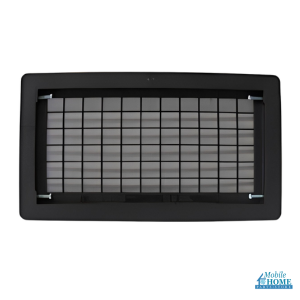
Foundation Vents
These vents are installed in the skirting around the perimeter of your home. They allow air to flow freely in and out of the crawl space. Foundation vents are available in various styles to suit your needs and are cost-effective.
Vent Placement
When determining where to place vents in your mobile home skirting, it’s crucial to create cross-ventilation. This means that vents should be positioned on opposite sides of the crawl space to allow air to flow through. Additionally, vents should be placed near corners and along the longest sides of the home for optimal airflow.
How Many Vents Should Mobile Home Skirting Have?
The number of vents you need depends on the size of your mobile home and the local climate. As a general guideline, having at least one vent per 150 square feet of crawl space area is recommended. However, it’s essential to consult with a professional who can assess your situation and recommend the appropriate number and placement of vents.
Regular Maintenance
Maintain your vents regularly by cleaning them and ensuring they remain unobstructed by debris or vegetation.
How Do I Install a Foundation Vent in My Skirting?
If you’re considering adding vents to your mobile home skirting, it’s essential to follow proper installation guidelines. Here’s a simplified step-by-step guide:
- Gather Materials and Tools: You’ll need foundation vents, a saw, measuring tape, screws, and a drill.
- Measure and Mark: Identify the locations for your vents, ensuring they’re evenly spaced along the skirting.
- Cut Openings: Carefully cut openings for the vents following your markings using a saw.
- Install Vents: Attach the vents securely using screws and a drill.
- Test and Inspect: Ensure the vents are functioning correctly and inspect for gaps or issues.
Safety Considerations
Always prioritize safety when installing vents. Be cautious when using power tools, wear appropriate safety gear, and follow manufacturer instructions closely. If you’re uncomfortable with DIY installation, consider hiring a professional to ensure a proper and safe installation.
Ventilation for Your Mobile Home Skirting
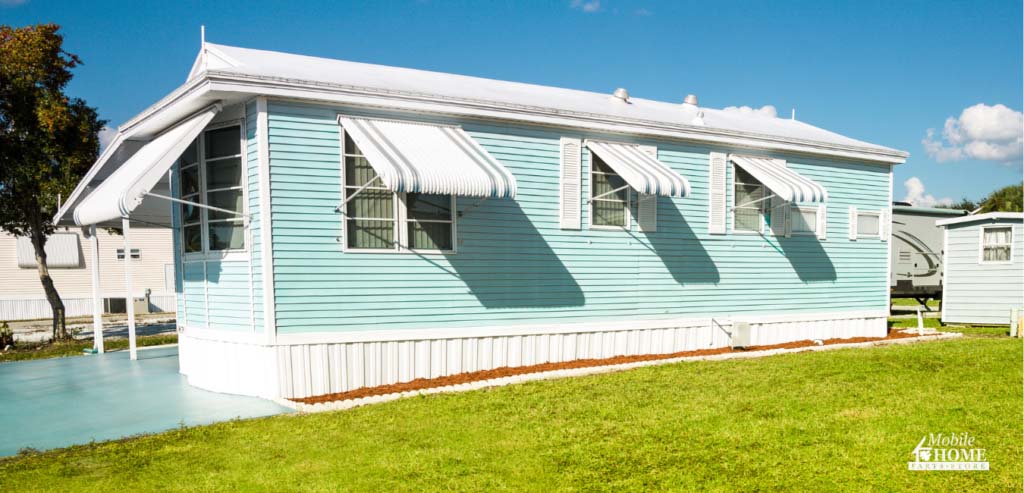
Mobile home skirting ventilation is not just about saving a few bucks on heating bills; it’s about safeguarding your home’s health, efficiency, and your family’s well-being. Neglecting proper ventilation can lead to issues like mold, moisture buildup, higher energy costs, and even health hazards from trapped gasses. To ensure your mobile home’s crawl space remains in optimal condition, consider shopping for foundation vents from a reliable source like Mobile Home Parts Store.
Invest in your home’s health and comfort by ensuring it has the ventilation it needs. Your mobile home will thank you and so will your wallet.
Tags: Foundation Vent, mobile home parts, Mobile Home Parts Store, mobile home skirting, Skirting for mobile home, Skirting Vents


